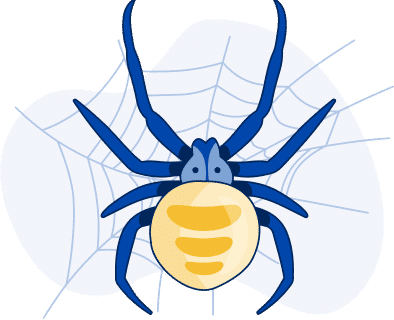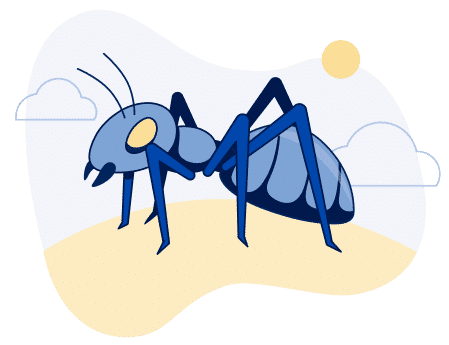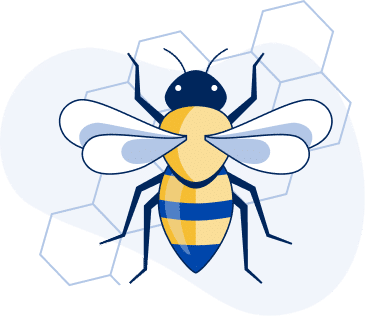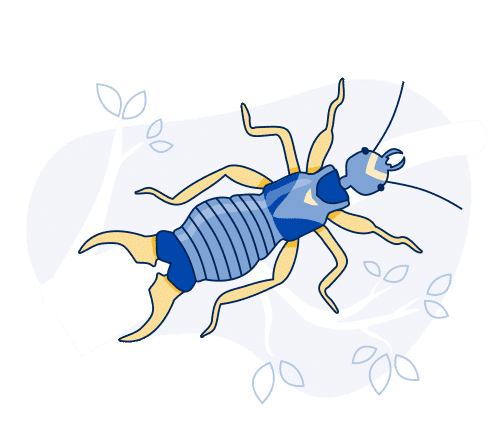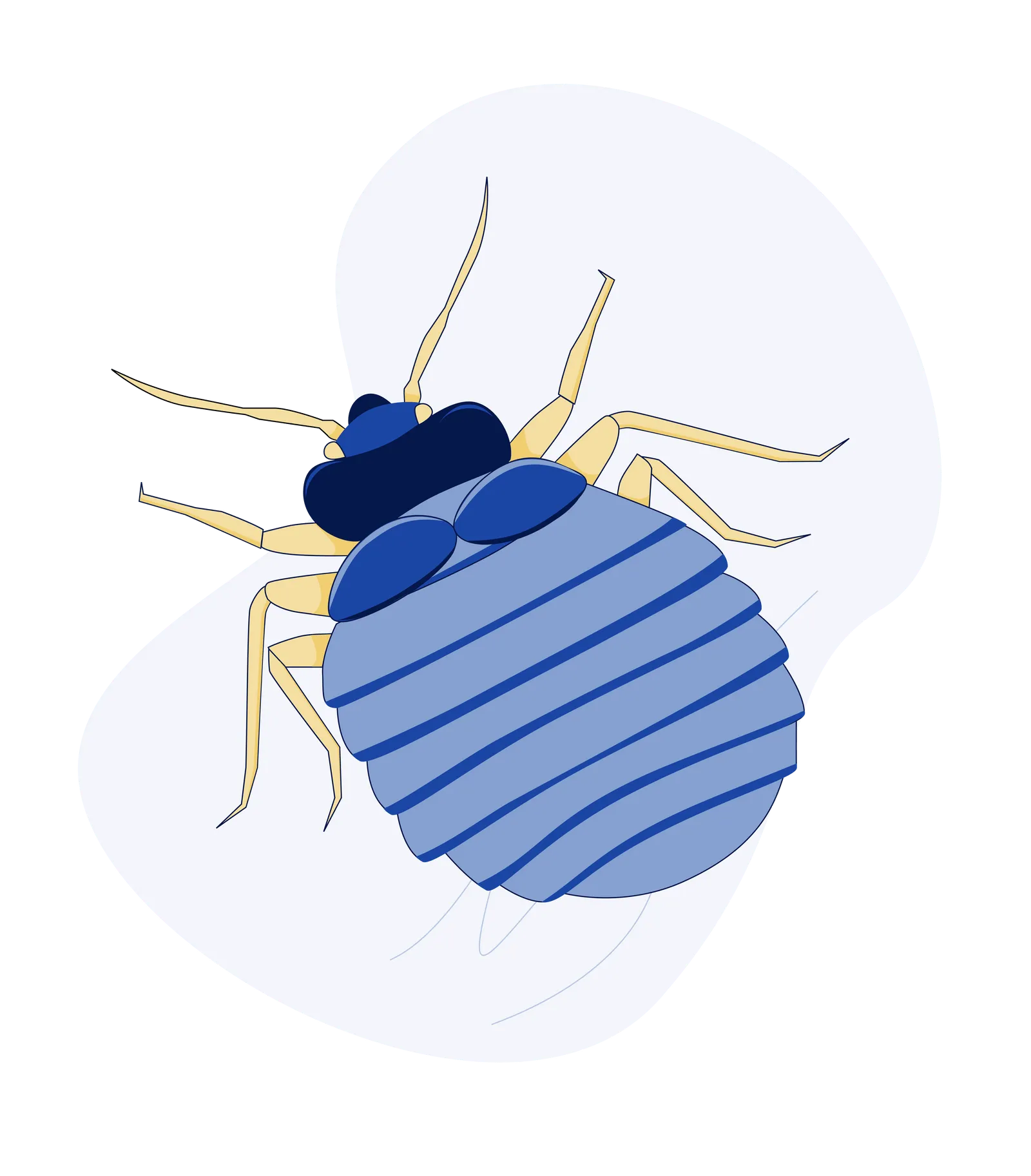How to Identify and Get Rid of Carpenter Ants
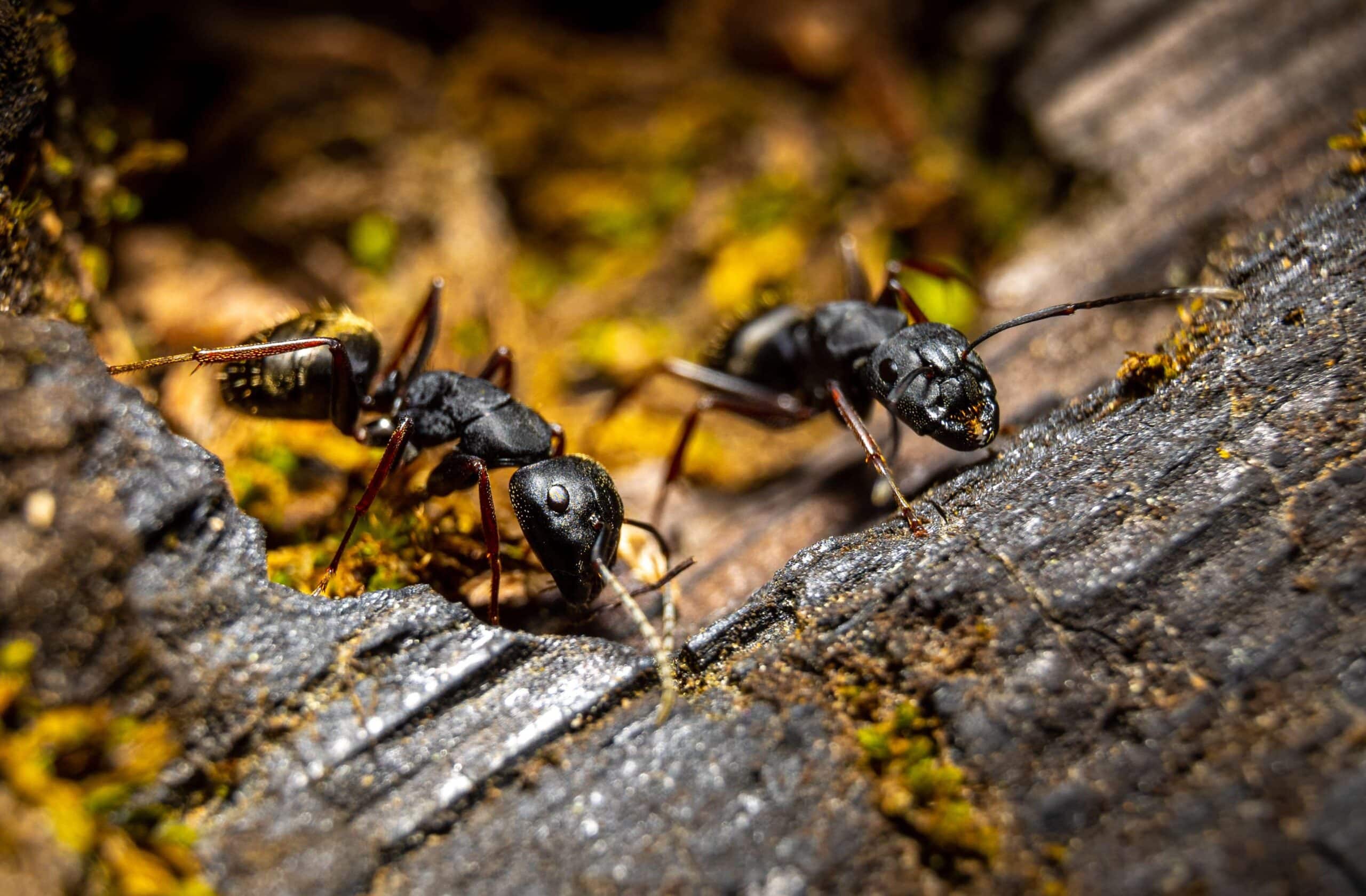
Utah’s breathtaking natural beauty is a haven for over 180 species of ants, including carpenter ants. They are one of the largest and most important in the ecosystem. However, they can pose a real threat to homeowners in Provo, Spanish Fork, and beyond. When they infiltrate our homes, they can cause considerable structural damage by excavating wood to create their nests. Residents must recognize the signs of an infestation and take decisive action to eliminate these unwelcome intruders. This guide will provide you with the knowledge to identify carpenter ants in your Utah home and offer practical strategies to safely remove them, ensuring the integrity of your dwelling and peace of mind.
Understanding Carpenter Ants
Carpenter ants, scientifically known as Camponotus, are one of the largest ant species in various parts of the world, including North America. They are easily recognizable by their size, which ranges from 6.5 to 13 mm for worker ants and even larger for winged females, measuring between 20 and 25 mm. These ants exhibit a range of colors from black to reddish-brown and are distinguished by their large mandibles, which they use to tunnel through wood.
Behaviors
Unlike termites that is known to cause significant damage to your house, carpenter ants do not eat the wood they excavate. Instead, they chew through it to create intricate galleries and tunnels for their nests, discarding the debris, which resembles sawdust, outside their nests. This behavior is crucial for decomposing dead wood in forests, contributing to the ecosystem. However, when they infest wooden structures in homes, they can cause significant structural damage.
Carpenter ants prefer moist environments, often in areas with water damage or high humidity. Their nests can be located in various locations, from decaying wood in forests to insulation and foam panels in human-made structures. They are primarily nocturnal, with peak activity at night when they forage for food.
While carpenter ants are proficient biters, they cannot sting, setting them apart from their formidable counterparts, the bullet ants. Bullet ants are renowned for their excruciating sting, which they use as a defense mechanism. In contrast, carpenter ants rely on their strong jaws to bite when threatened, a less aggressive but still effective means of protection.
Colony Structure
The diet of carpenter ants is omnivorous, consisting of insects, honeydew from aphids, and various sweet foods. They also require water to survive, often seeking moisture within homes. The social structure of carpenter ant colonies includes a queen, workers, and soldiers. Worker ants are responsible for foraging and building nests, while soldiers defend the colony. The queen’s primary role is reproduction, laying eggs that hatch into larvae and then pupate into adult ants.
Understanding carpenter ants’ physical characteristics and behaviors is essential for identifying and managing infestations. Recognizing signs such as piles of sawdust-like material near wood structures and increased nocturnal activity can help in the early detection and prevention of damage to homes and other wooden structures.
Effective Strategies for Ant Control
Ants are one of the most common household pests encountered in homes and gardens. While they play a crucial role in the ecosystem, their presence can be problematic when they invade our living spaces. Effective ant control is essential to prevent infestations and maintain a pest-free environment. Here, we explore strategies that serve as immediate solutions and long-term preventative measures.
Seal Entry Points
The first line of defense in ant control is to prevent their entry. Inspect your home for cracks, gaps, or holes that may be ant entry points. Sealing these with caulk or weatherstripping can significantly reduce the likelihood of an ant invasion.
Maintain Cleanliness
Ants are attracted to food and moisture. To deter ants from settling in your home, ensure cleanliness by promptly addressing spills, storing food in sealed containers, and maintaining a dry environment.
Use Ant Bait Stations
Ant bait stations are an effective ant exterminator strategy. They contain bait that attracts ants, which then carry the poison back to their colony, effectively eliminating the source of the infestation
Natural Repellents
In getting rid of ants, natural and organic pest control methods stand outs Natural substances like vinegar, lemon juice, and peppermint oil can act as deterrents. These can create barriers or disrupt ant trails without harsh chemicals.
These natural substances also offer a gentle yet effective alternative to synthetic pesticides, which can be harmful to both the environment and our health. By opting for these organic solutions, we contribute to a pest-free home while ensuring the safety of our families and pets.
Encourage Natural Predators
Harnessing the power of nature’s pest control agents, such as birds and beneficial insects, is a strategic and environmentally friendly method for managing ant populations. You can create a self-regulating ecosystem by designing and maintaining a garden that serves as a sanctuary for these natural predators. This not only aids in suppressing ants but also promotes biodiversity and ecological health.
Professional Ant Control Services
If you find a lot of ants at home or they keep coming back, it’s a good idea to call people who are experts at getting rid of ants. Professional ant control services are recommended for severe or persistent infestations. These pest control professionals know exactly what to do to stop ants from bothering you again. They can provide targeted treatments and long-term strategies to manage ant problems effectively.
Implementing these strategies can help you achieve effective ant control and keep your home and garden free from these unwelcome guests.

